Chat with Vinny
What is fortified wine? And how does it differ from other wine? Discover how Port, Sherry and other great styles are made and enjoyed …
Fortified wines come in such a variety of great styles – there’s a perfect glass for every situation. It could be that cool, crisp glass of bone-dry Fino sherry when you’re sitting in the sunshine outside a bar in Andalucia, tucking into fresh olives.
Or that warming glass of sweet, luscious port when you’re cosying up to the fire on a cold winter’s night. Whatever the scenario, there’s a fortified wine to turn it into a truly memorable moment.
And because they have a strength of between 15% and 20% (or just under), these are wines to really take your time over and savour.
Let’s explore how some of the greatest fortified styles are produced and how they differ from one another. Hopefully, you’re reading with a glass of something lovely, but if not, we’ve got some top recommendations for you to get your sideboard fully stocked with a great range of fortified wines.
How is fortified wine made?
Although final styles vary greatly, all fortified wines involve the addition of a neutral spirit (usually grape brandy) to a base wine during or after fermentation. This will preserve sugars (if the wine has yet to fully ferment) and impart distinct flavours and characteristics.
Most fortified wines are then aged, typically in oak barrels and sometimes in bottle (as is the case with vintage ports). This process is another factor in determining the final style, its colour and degree of complexity. The longer a fortified wine takes to produce, the more nuanced and multi-layered it will taste.
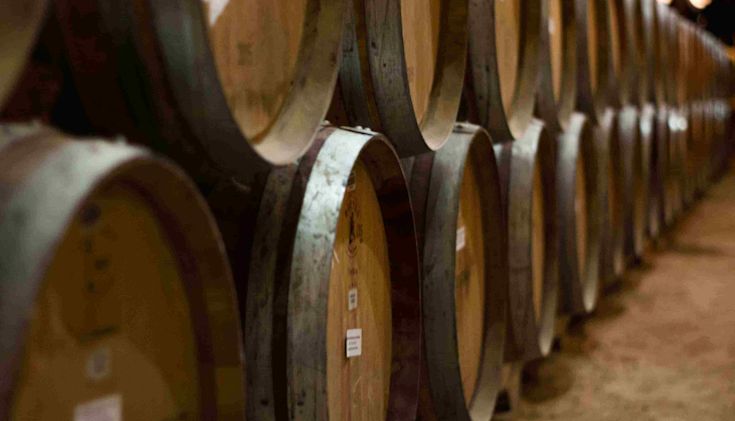
How do fortified wines differ from regular wines?
Primarily, it’s the extra strength and warming richness that is created from the addition of neutral spirit and fortification. A good fortified will still have the original character of the wine at its core, but with more structure and usually with sweetness too. These are drinks to really take your time over and appreciate.
What are the different types of fortified wine?
Let's dive in and take a look at the different types of fortified wine.
Port
Port is the most famous fortified style of all: deep, dark and usually lusciously sweet. It takes its name from the city of Oporto on Portugal’s Atlantic coast, which is where all the big Port firms have lodges. But the wine is made from grapes grown high up in the Douro Valley. Fermentation is arrested by the addition of spirit, before all the sugar has turned to alcohol, producing a sweet, fortified style.
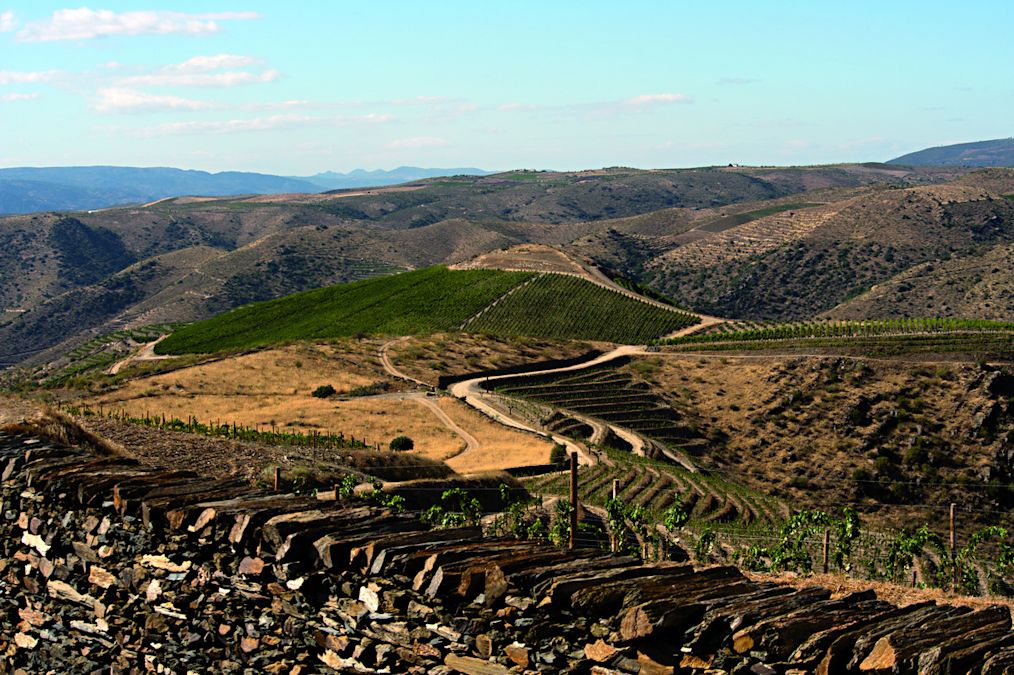
What are the different types of Port?
Ruby Port
Ruby Port is the youngest, fruitiest of all the Ports and your perfect style to kick start your foray into fortified wines. It’s aged for a maximum of two years (mostly in barrel) and, like all Ports, derives its sweetness and strength from the addition of neutral grape spirit before the grapes are fully fermented.
Andresen Fine Ruby comes from one of the last family-owned Port houses. It’s full-bodied and powerful with intense red fruit flavours, figgy notes and a long, smooth finish. A lovely glass on its own, but it really comes into its own alongside blue cheeses.
What is Late Bottle Vintage Port?
Vintage ports can take decades to reach their peak, but luckily there’s a smart alternative. LBVs are similar in style, but are matured in cask for longer, so their luxuriously rich, warming, raisin and plum flavours can be enjoyed right away. Andresen LBV 2017 has plum and raisin aromas and velvety blackcurrant, chocolate and spice flavours.

What is Vintage Port?
This is the most complex and revered Port style of all, made only in extra special ‘declared’ vintages. Vintage Ports do most of their ageing in bottle, a slow process which means they take many years to hit drinking perfection. Subtle, complex and layered with flavour, this style is for sharing with fellow Port connoisseurs long into the night.
What is Tawny Port?
Tawny port is made by blending several older ports and ageing them in barrel for several years to allow oxygen to interact with the wine. This produces a tawny colour that gives the wine its name. And makes for a style that still has the sweetness which all Port fans adore, alongside a mellow richness and complexity that add extra dimensions of enjoyment.
Taylor’s 10-year-old Tawny Port is a classic of the style. Delicate nuttiness, red berry and chocolate aromas and lingering, silky, fig and raisin flavours. A delicious blend of many casks, long aged in Taylor’s extensive cellars in Oporto, this is perfect with blue cheeses or cracked walnuts.

Can you get white Port?
Yes, white Port is a category of this classic fortified style, although golden Port would be a more apt name for glorious releases from historic port houses like Andresen. They are the pioneers of this style, which is best served straight from the fridge. Old gold in colour, this richly honeyed nectar is beautifully smooth with dried fruit and candied citrus flavours.
It’s a style that always scores highly in our tasting room and a brilliant year-round digestif. However, white Port’s sweet flavours and richness makes it a stunning dessert choice.
Is rosé Port a thing?
Absolutely. The base wine is made from lightly pressed red grapes, just like a classic rosé, then fortified. Baronesa de Vilar is made by the Van Zeller family and has lovely summer berry notes, alongside all the rich sweetness and texture you’d expect of a good port.
What is sherry?
The greatest fortified style to come out of Spain! There are several superb styles to delight and amaze your guests, ranging from bone dry right through to a style so sweet and unctuous, you can pour it on your ice cream!
Sherry is right back in fashion, enjoyed throughout the year and loved for its versatility. Plus, it offers superb value – especially given the time and effort that goes into its production.
Fino sherry, the cool, totally dry, sophisticated fortified
Twenty years ago, only the most avid sherry afficionado knew about this style. Now it has a much bigger following. It’s largely thanks to the rise in popularity of tapas bars around the world, where it’s almost obligatory to enjoy a cool glass of Fino as you tuck into fresh olives.
Very restorative too, especially if you’ve been walking round Jerez or an Andalucian white hilltop town in the summer heat. Fino is made from Palomino grapes and aged for three years under flor (the essential layer of yeast cells that cover the wine).
Delicado Fino makes a great introduction to the style. Light and pale in appearance, this is brimming with energy and tangy freshness with an underlying nutty richness. It’s perfect with cold cuts of meat or all kinds of nuts, almonds especially.
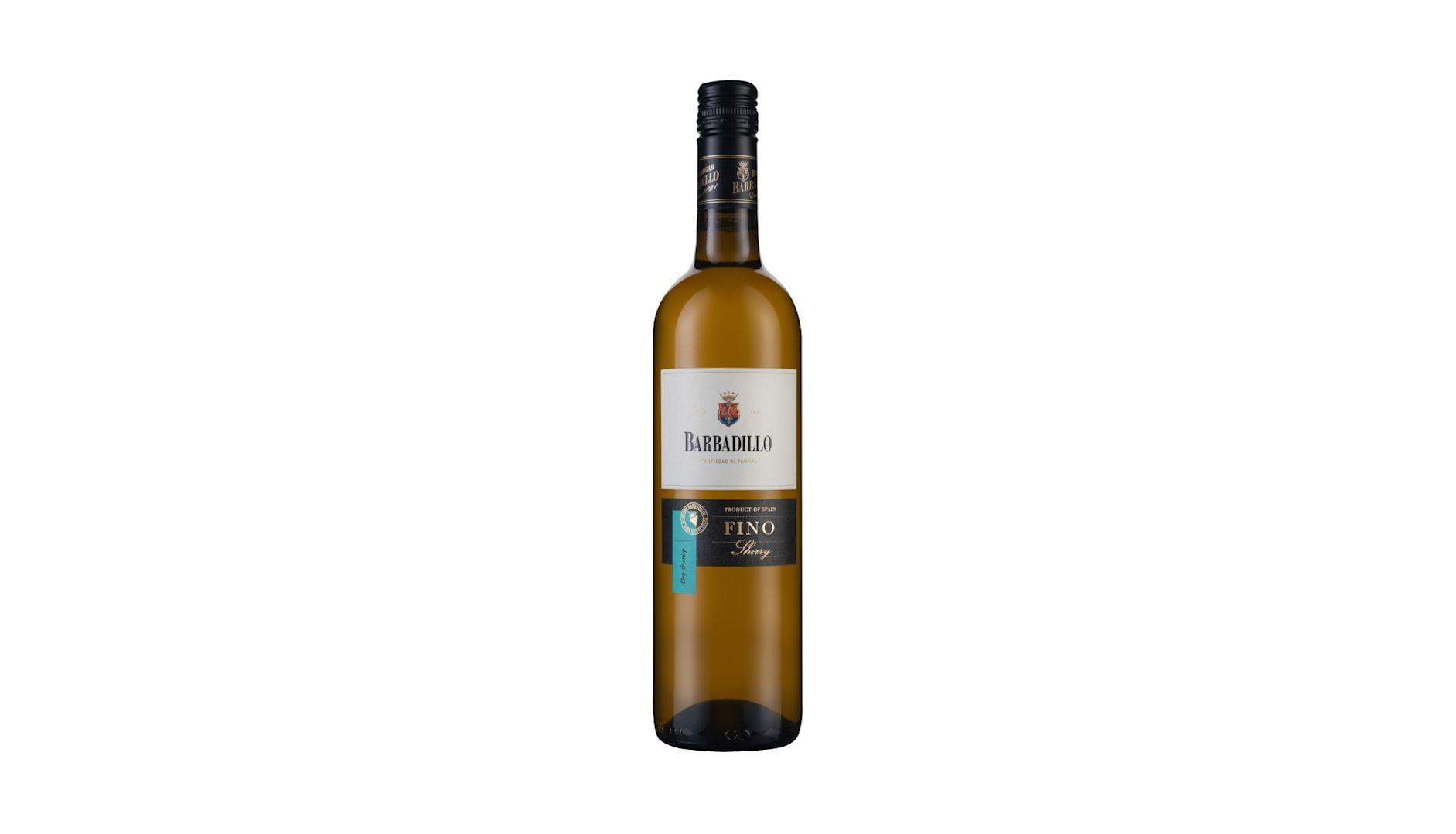
What is Manzanilla sherry?
Manzanilla is similar to Fino but comes exclusively from the coastal region of Sanlúcar de Barrameda. Proximity to the ocean produces thicker flor on the sherry in barrel and produces delicate, more saline notes to go with the wine’s apple freshness.
Hidalgo La Gitana Manzanilla comes from an 8th-generation family bodega and, although it tastes like a Fino, is more subtle and delicate due to being aged under thicker flor. It has citrus and nutty almond notes, alongside the tang of the sea. It’s a superb style to enjoy with fresh seafood.

What style of sherry is Amontillado?
To fully understand this category, let’s examine how a classic and very popular style like Delicado Amontillado is made. This sherry from world-famous Gonzalo-Byass starts off as Palomino grapes, which are fermented, then fortified to 15.5%. It enters the solera system of the cellar as a Fino, where it ages in American oak barrels for six years, gradually developing a layer of yeast called 'flor'.
This eventually dies off. It then moves to the Amontillado solera system of barrels, where it ages another six years, before it's finally bottled. Luscious, rich and dry, Delicado has flavours of toasted hazelnuts, caramel and creamy raisin with a savoury edge and a very long finish. Delicious on its own or with cheese.
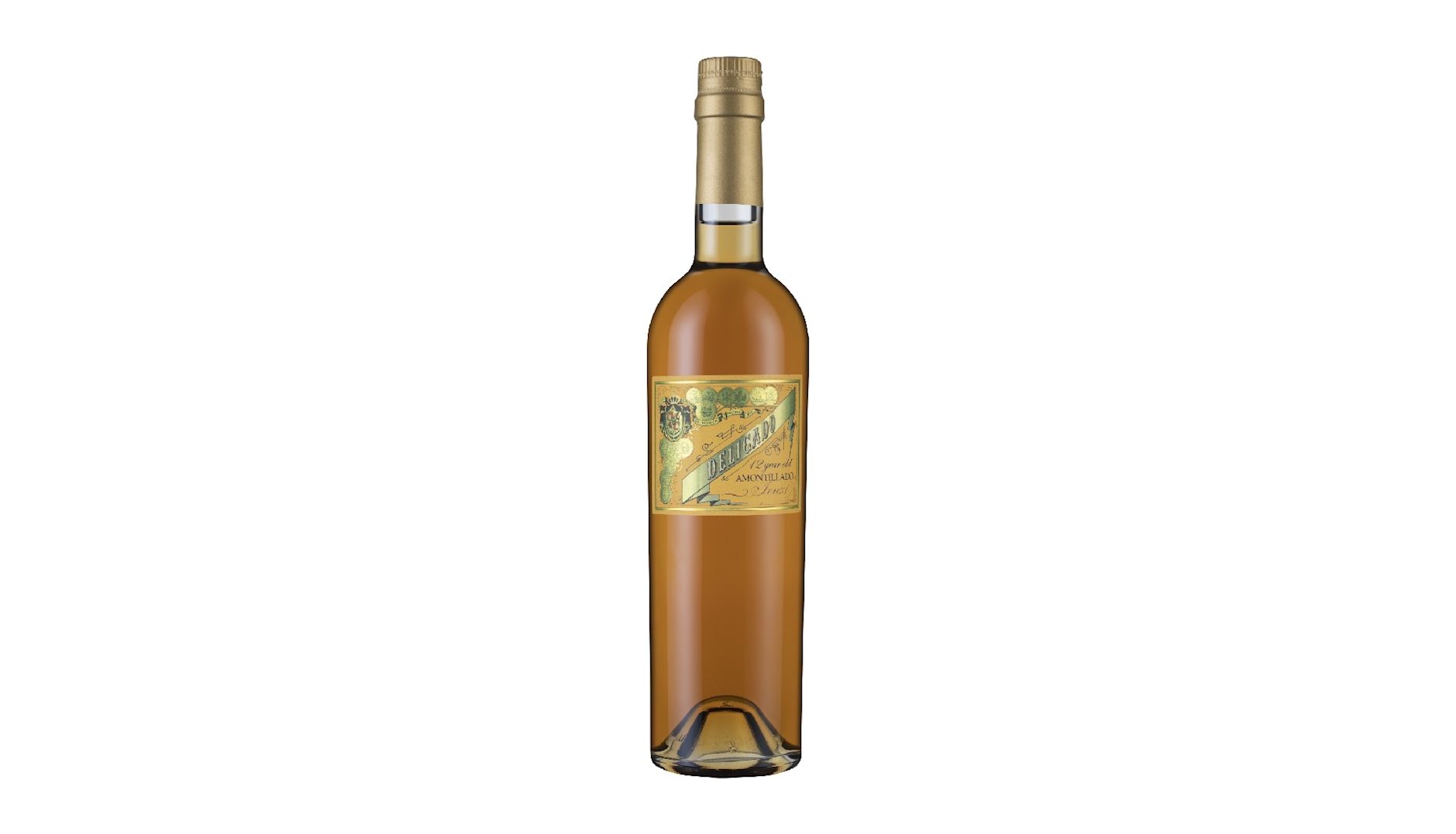
When should you serve Pedro Ximenez sherry?
Any time you fancy something gorgeously sweet and opulent. So, you’ll want to open a bottle with your favourite dessert. But try and hold back a little for the next time you have ice cream. Because PX is so unctuous, you can drizzle it over the top. Rum and raisin ice cream, a drop of PX … heavenly!
Delicado Pedro Ximenez is made from Pedro Ximenez grapes that are left to dry in the baking Jerez sunshine. That ensures each berry shrivels up, so when the grapes are finally crushed there is very little juice and lots of sugar. Treacle, toffee, dates and toasted walnuts – it's all in this sherry. A glassful that rewards sniffing and sipping very slowly. A terrific choice with treacle tart or sticky toffee pudding.

What is Madeira?
This is Portugal’s other great fortified style, from the island of Madeira. Long before footballer Cristiano Ronaldo put his home island on the map, Madeira’s claim to fame was its fortified wine.
Throughout history, Madeira has been a major stop off point for ships travelling from Europe to the Americas. A very long journey, which standard table wines could not withstand. So, to keep them drinkable, they were fortified by the addition of spirit. And a process that started as a necessity, became the preferred method of production.
There’s another important stage in the production of younger styles of Madeira. Back in the days of exploration, ships’ holds got very hot and had an ageing effect on the wines. That’s now replicated by storing barrels of Madeira in warehouses (estufas) that are warmed by the hot sunshine. For less expensive styles, the wine is heated in stainless steel tanks.

What are the four key styles of Madeira?
Malvasia, also known as Malmsey, is fortified when there is still plenty of sugar left in the wine, but the natural acidity of the Malvasia grape gives it a balancing freshness. It has dark colour and flavours of caramel and mocha.
Bual (aka Boal) is a little less sweet and has a medium texture and raisined character.
Verdelho is an off-dry style that that typically has smoky notes and very fresh levels of acidity.
Sercial is the driest style of all, with fortification taking place when nearly all the wine’s natural sugar has been fermented. Expect almond-like flavour and high acidity.
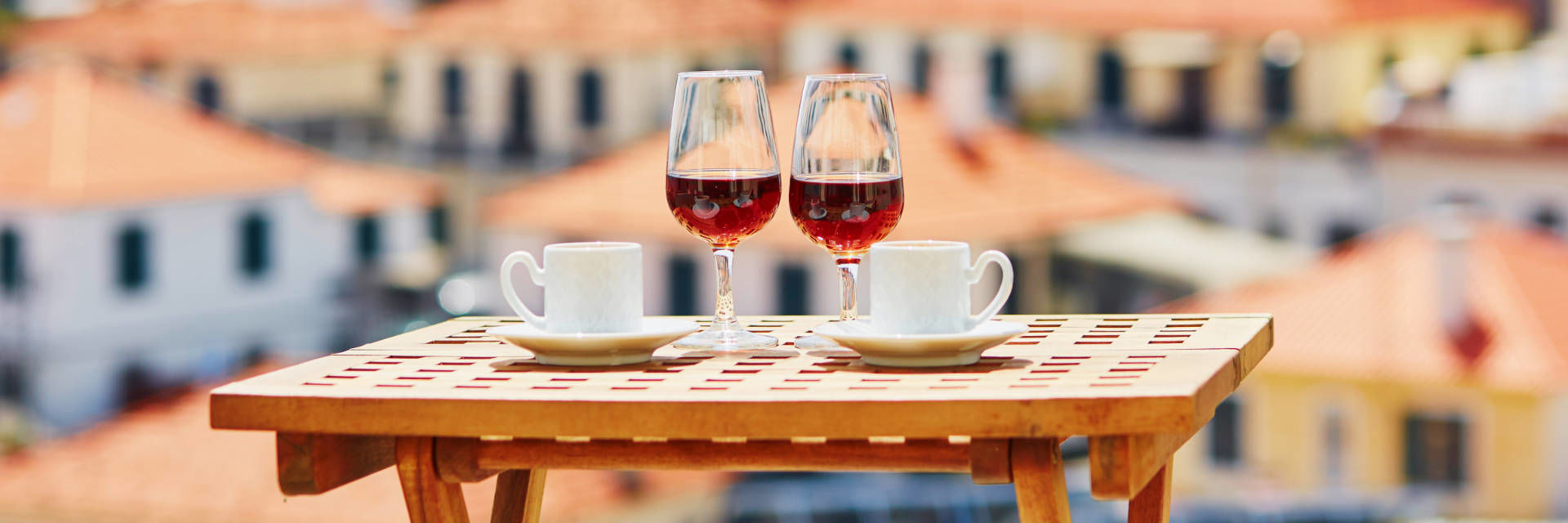
What other terms can be shown on a Madeira label?
Colheita, or harvest, refers to a wine from a single vintage, although it’s aged for a shorter period than a true vintage Madeira. The wine must be aged for five years before being bottled.
Finest is a bottle you might see in a pantry, as it’s usually only used for cooking.
Reserve is the first of the noble classifications and must be aged for a minimum of five years prior to bottling.
Special Reserve is aged for minimum of 10 years and is the first quality level to be aged without the use of a heat source. Extra Reserve is richer still and is aged for a minimum of two decades.
Frasqueira is a single vintage Madeira that’s aged for 19 years in cask and one in bottle. It should be noted that the word ‘vintage’ is the exclusive preserve of Port wine in Portugal.
Rainwater is a medium-dry style that’s very popular in the United States. It’s aged for a minimum of three years that will include some time in an estufa.
What is Vermouth?
Vermouth is a fortified wine that’s flavoured with a variety of herbs. There’s dry white Vermouth, which hails from southern France, and a sweeter red version, most associated with Italy.
And Vermouth is the cocktail king of fortified wine!
The flavours and sweetness levels of Vermouths vary greatly. And while they can be sipped solo, as an apéritif or alongside seafood tapas, you’re more likely to have tasted them in cocktails.
Simply pair a dry Vermouth with gin or vodka to create a Martini, or add sweet Vermouth to whisky for a Manhattan. Or create a Negroni, the bitter-sweet cocktail that’s equal parts sweet Vermouth, gin and Campari.
Get creative, experiment with your favourites and let fortified cocktail king work its magic.

